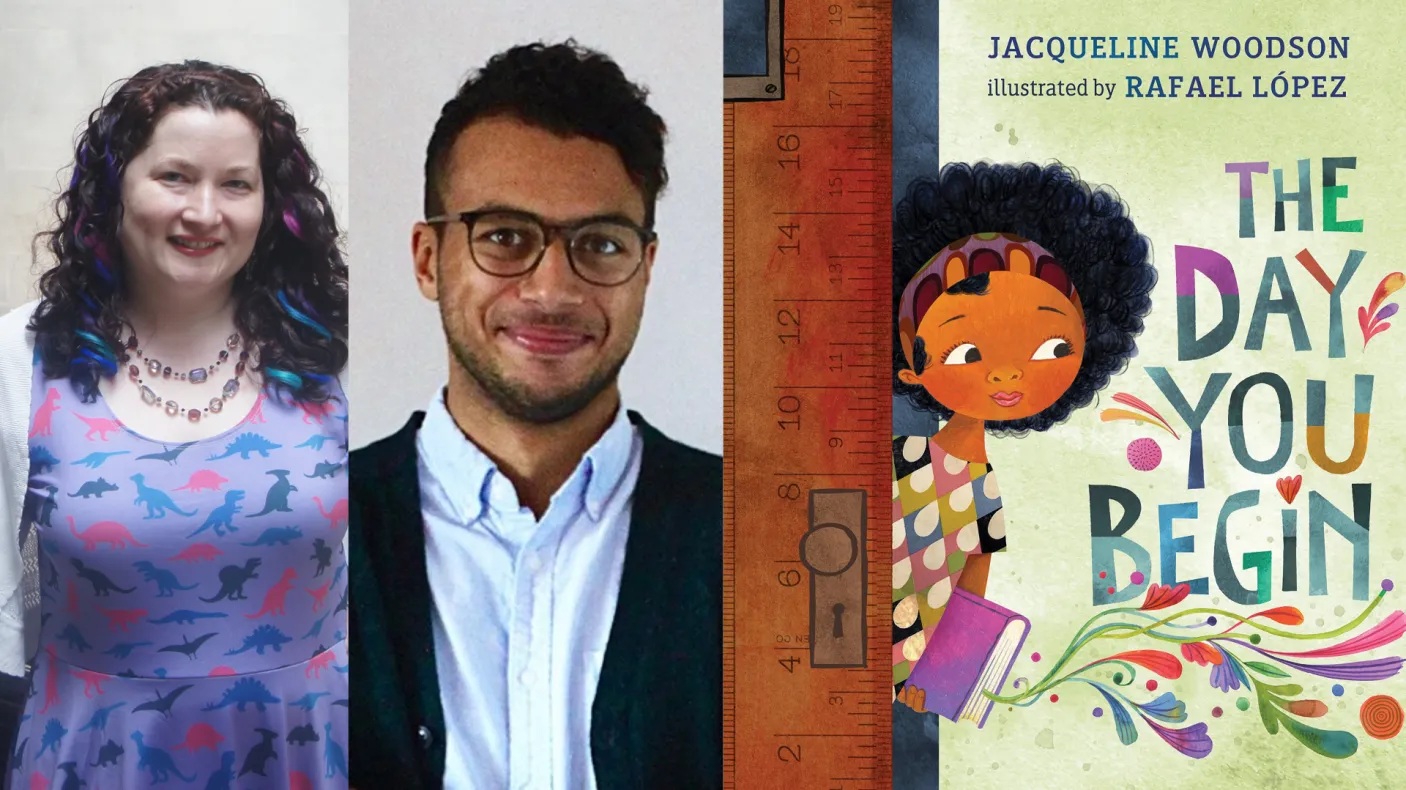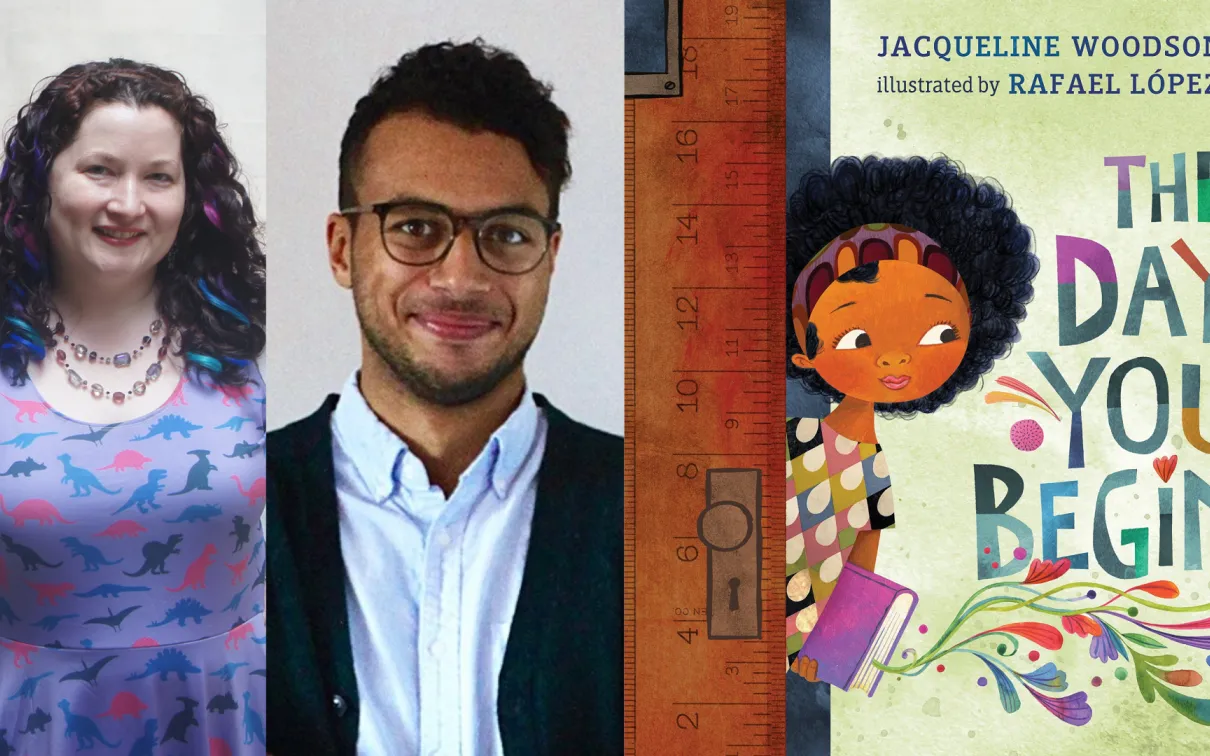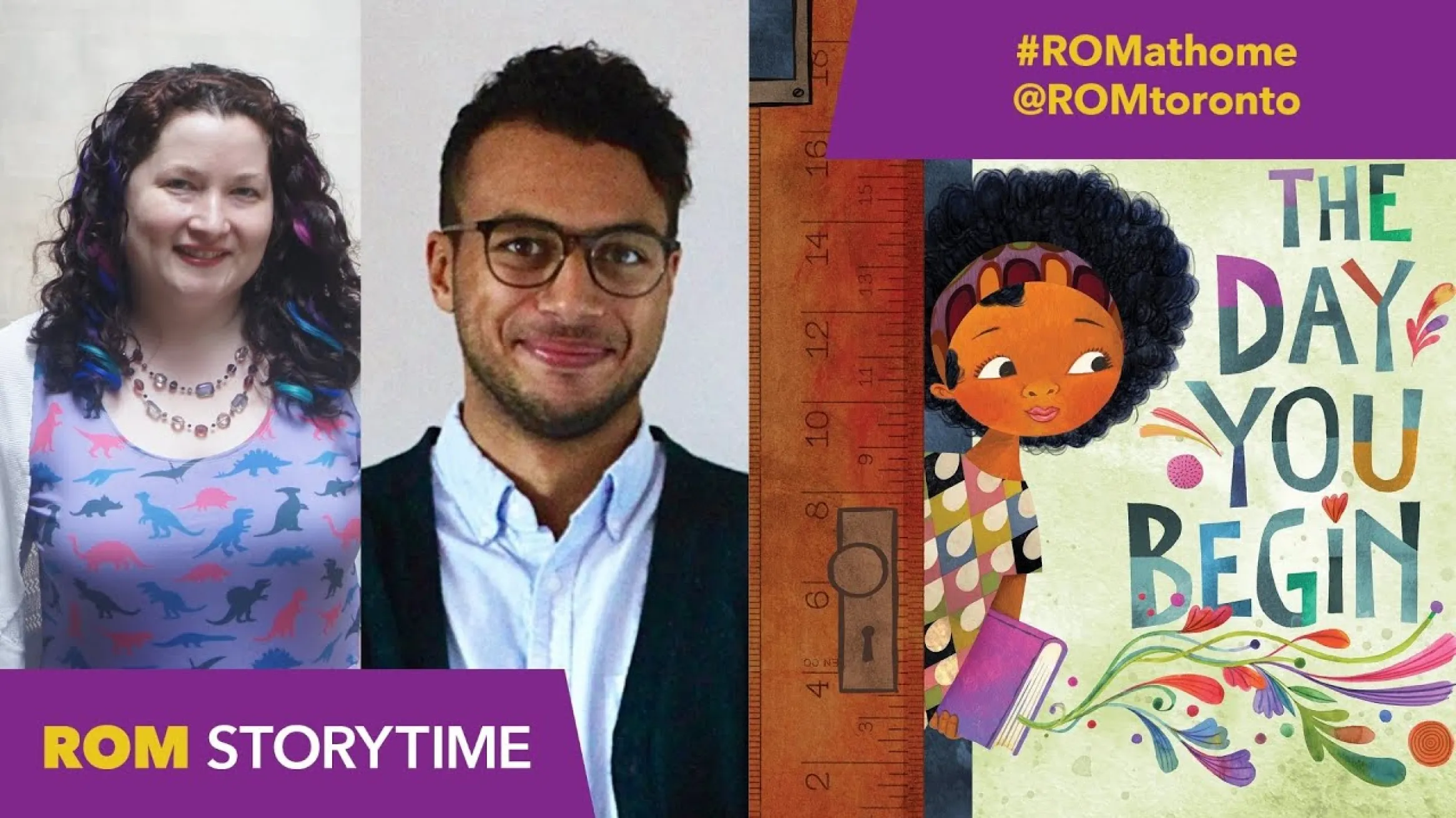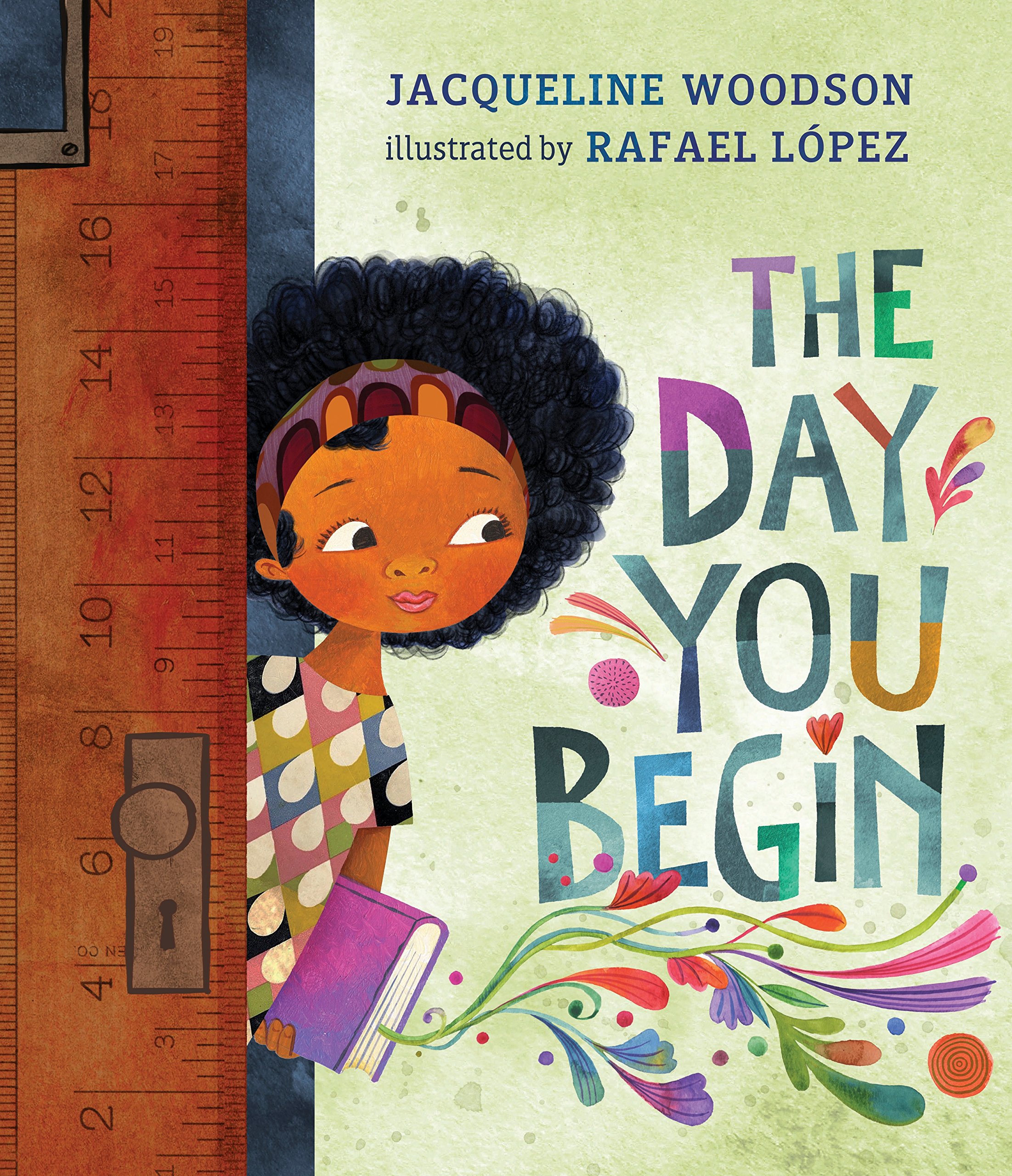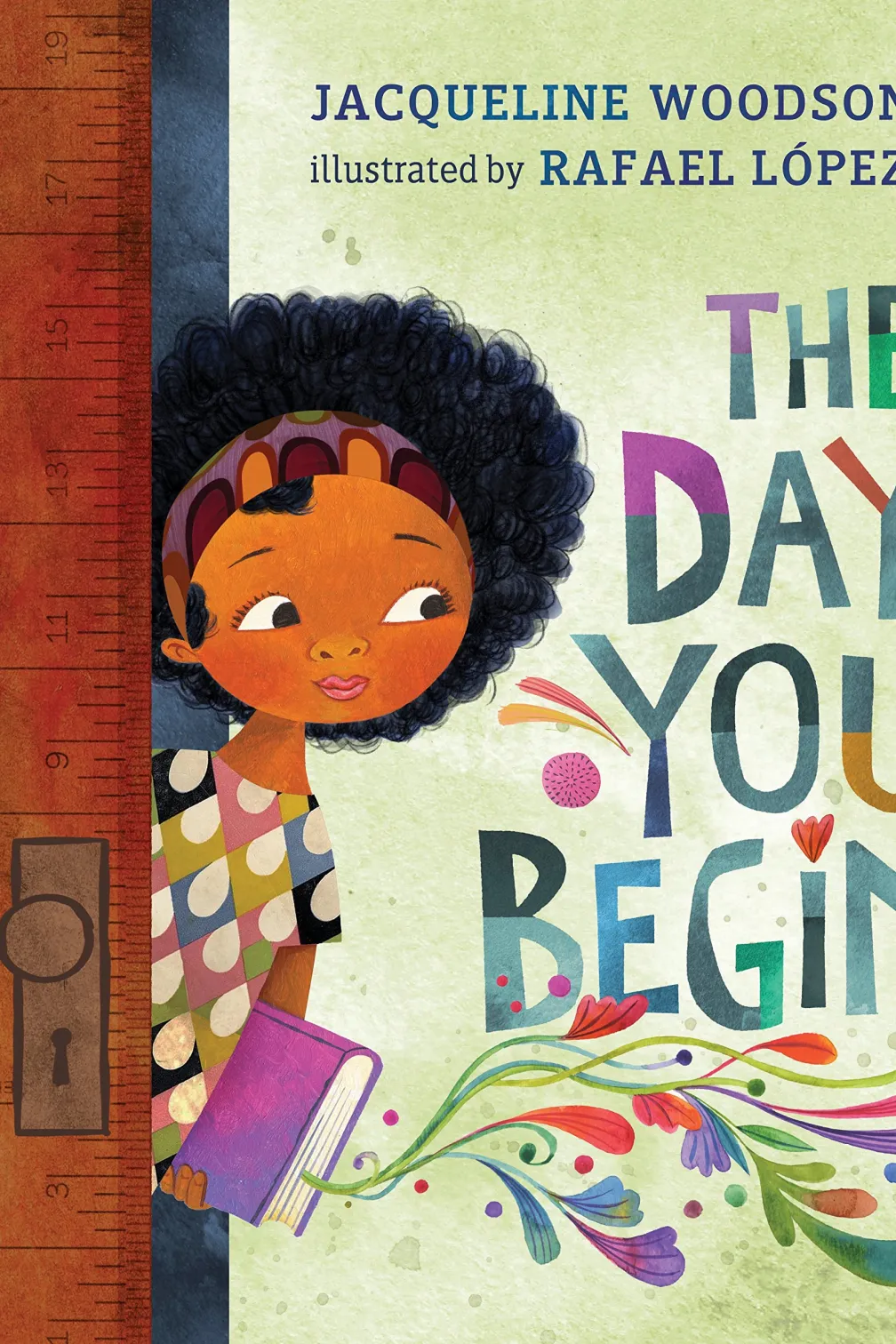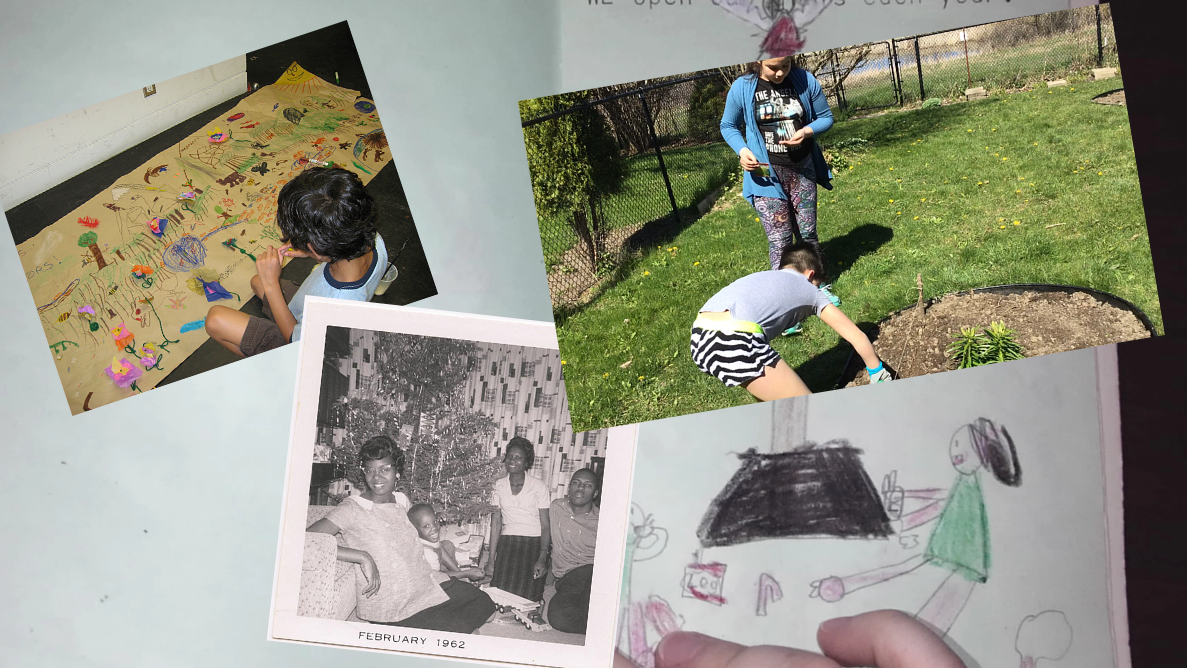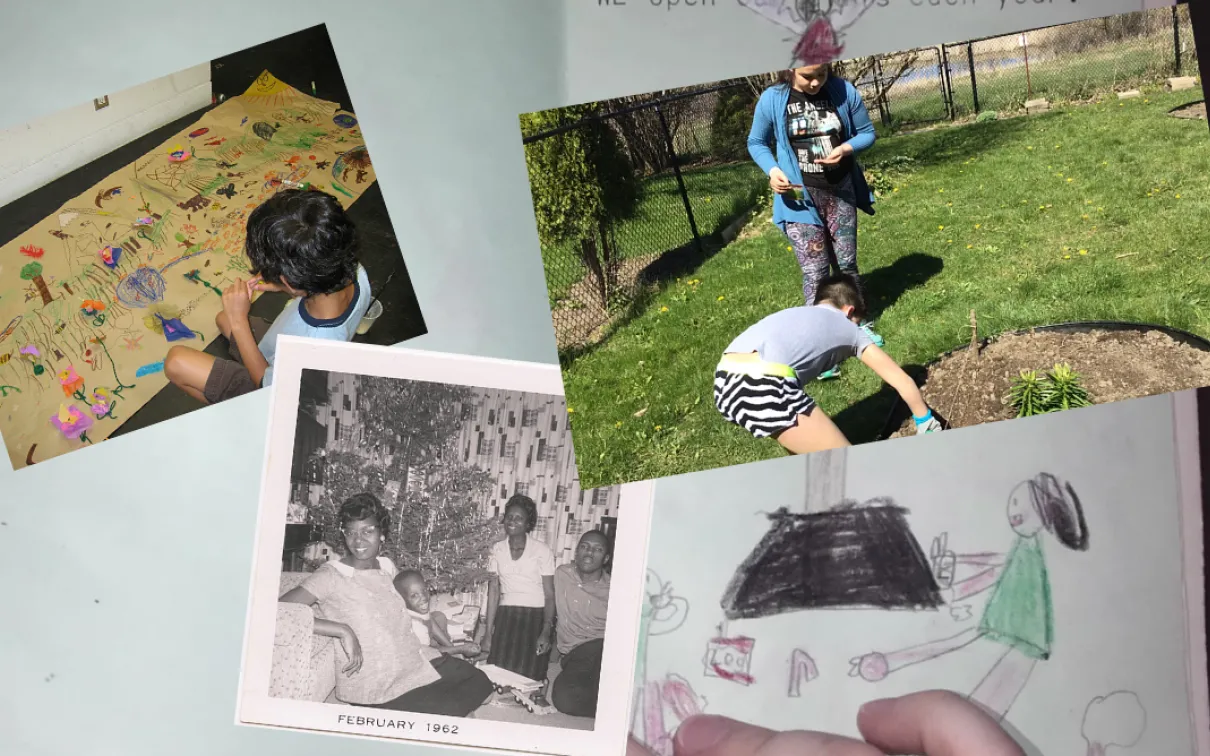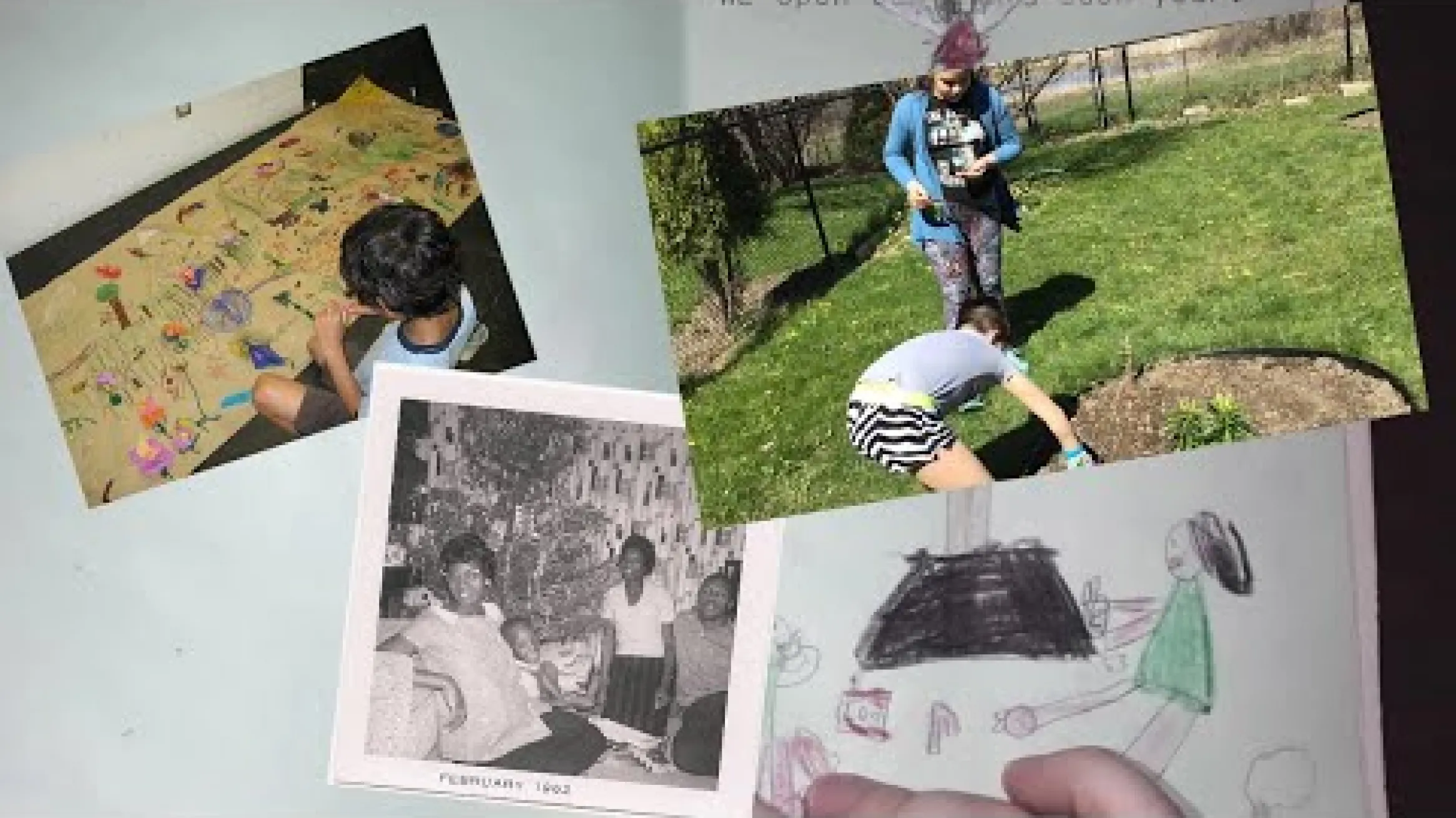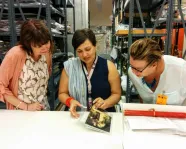ROM Storytime: “The Day You Begin” by Jacqueline Woodson
Category
Audience
Age
The Day You Begin
Visit ROM Storytime for a discussion of children’s books for young learners with ROM educator Sarah Elliott. Joining Sarah this week is special co-host Christian Blake, Inclusion Manager at the ROM, who is helping to make sure that everyone's story gets told, and that everyone has a chance to hear them.
This week, Sarah and Christian explore The Day You Begin by Jacqueline Woodson, illustrated by Rafael López. Stay tuned after the story summary for a Q&A on how the story connects to ROM objects, and try a story-inspired creative activity.
Creativity Challenge
The Day You Begin is about beginning to share our stories. In the book, we learn that personal stories help us find out how our friends share something in common with us, and how there are other things that are fabulously not like us at all. Every person is made up of stories that combine together to make us who we are.
One exhibition at the ROM called The Family Camera was all about the power of stories. It explored how personal stories help us understand a lot more – not just about where we personally come from, but also about the world around us.
For the creativity challenge this week, start to share your own stories with your new friends, like those in The Day You Begin.
Creativity Challenge
- Choose one story that’s important to you, and that you feel comfortable sharing with other people. It might be a story about a scar you got on an adventure with a friend, an important treasure you found on a journey, your favourite meal that you learned how to make... any story is good, as long as it’s about you!
- Share your story in a way that feels right to you. You could draw a picture, share a photo, write a poem, make a video, or find another creative way to tell your story.
- Share your stories with us @ROMtoronto #ROMathome.
Frequently Asked Questions
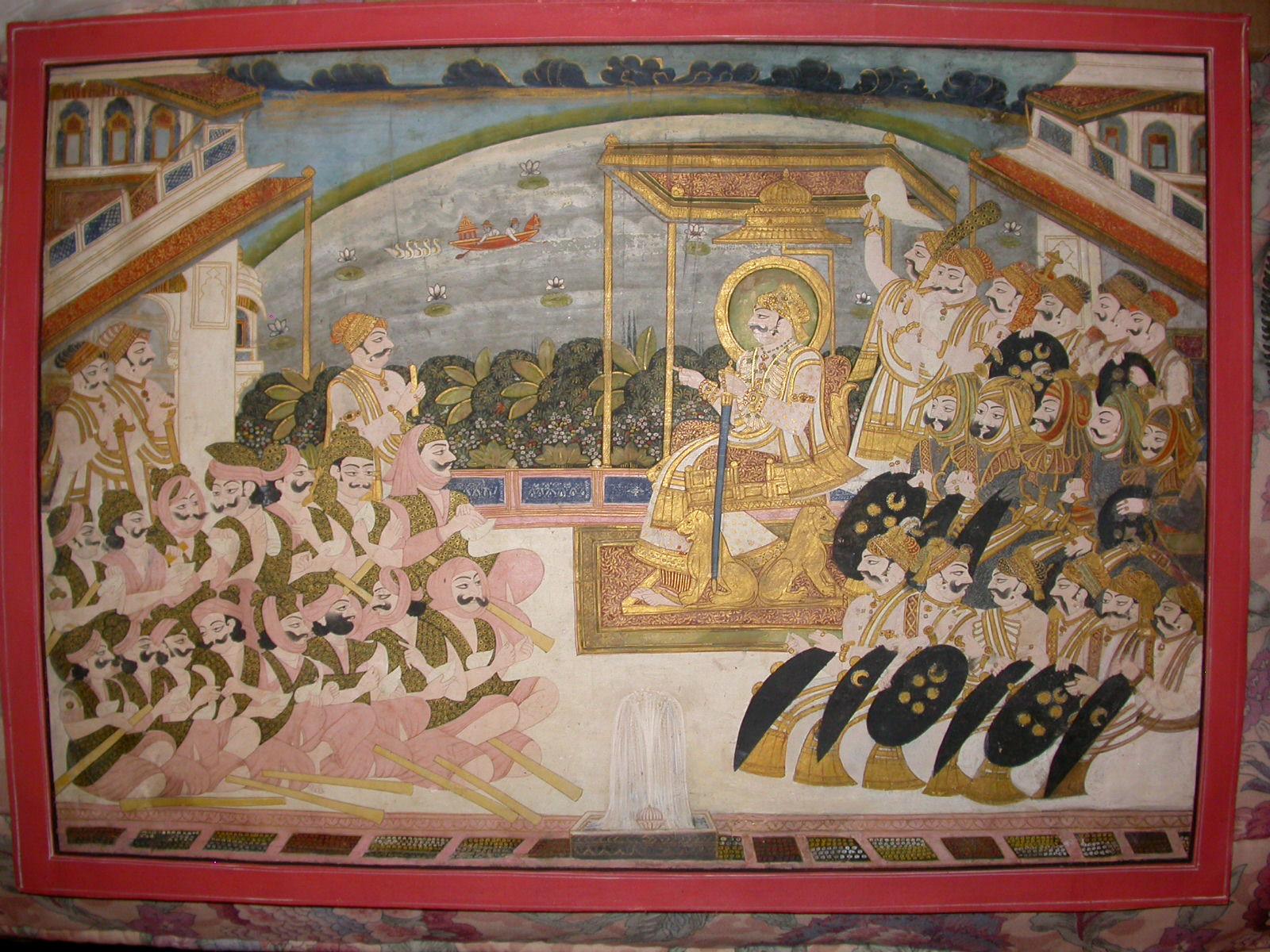
Museums often tell “big picture” stories about civilizations and history. How common is it for museums to tell smaller stories like The Family Camera?
It’s becoming more common as museums have come to realize that a museum without people is just a dusty warehouse. People need to see their stories reflected in the museum in order for it to be interesting and relatable.
At the ROM, we will often have two special exhibitions running at the same time: a big “blockbuster” exhibition to tell the big picture stories, and a smaller exhibition to tell smaller, more personal stories. In addition, we’re doing a lot of work to find the small stories hidden in the big ones, and to teach our visitors how to read these “hidden” stories.
For example, looking at a big picture of a royal family in a garden seems to only show the royal family, but it also tells you that there were gardeners working on the gardens, painters making the paintings, weavers and seamstresses making the clothes, and jewelers and artisans making the jewelry. When you start to read deeper into the objects in a “big picture” exhibition, there are so many smaller stories hidden inside of them!
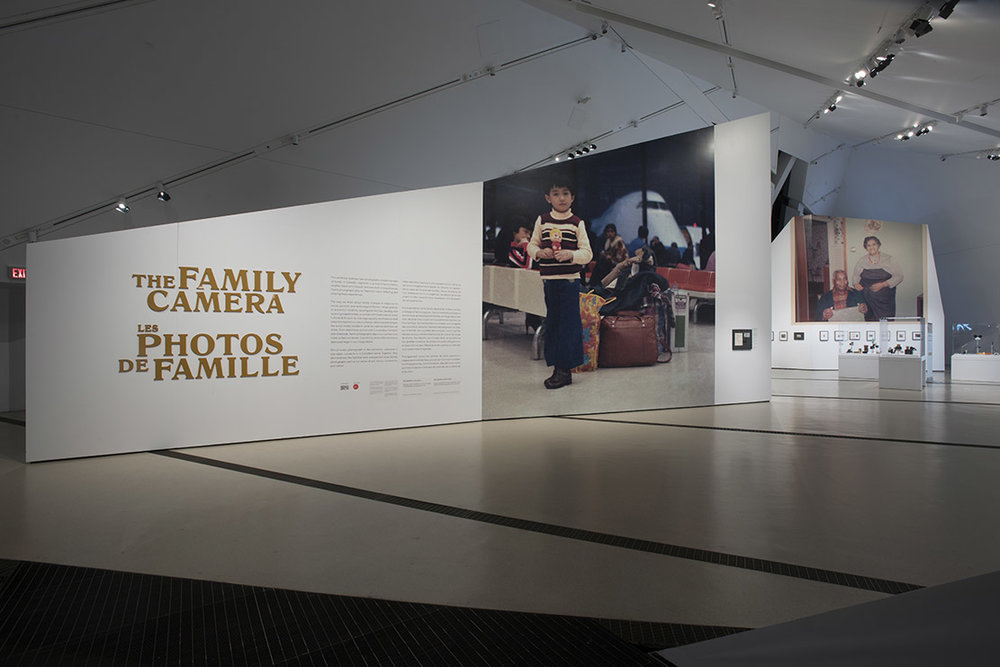
How does the museum find ways for people to tell their stories?
Museums have not always been good at letting people tell their own stories. In the past, museums would hear stories and try to retell them, which may not always be accurate or may leave out important details. This is upsetting to people whose stories have told badly, or not at all.
Part of Christian’s work at the ROM is to make sure everybody can share their story, just like Christian and Sarah did during the The Day You Begin ROM Storytime, or how the ROM worked with our communities to find stories as part of The Family Camera exhibition. At the ROM, Christian’s job can involve working with people from a specific culture or background to guide us on how they would like their stories to be told, talking to members of our communities about our ideas, or partnering with organizations who understand the stories better than we do.
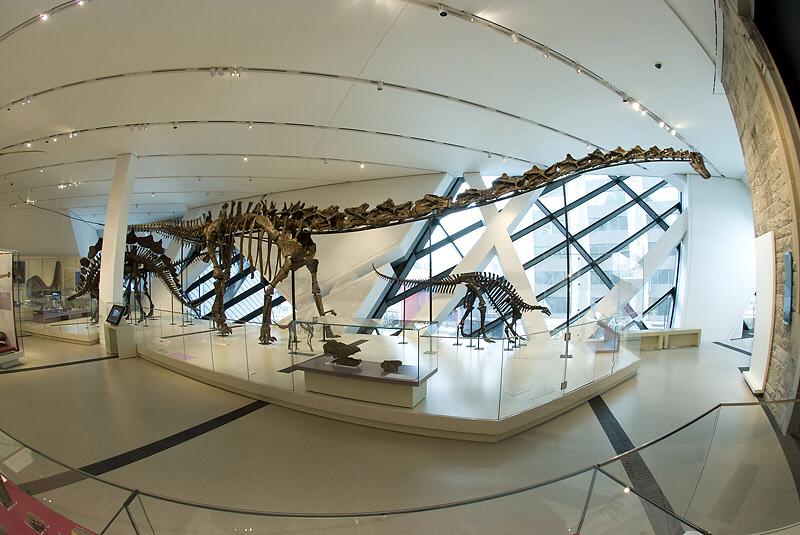
What are some of your favourite stories in the museum?
Sarah: I have too many to choose! But one of my favourite changes to happen in the museum over the last few years is that the Daphne Cockwell Gallery dedicated to First Peoples art & culture is open for free to the public whenever the museum is, and that weekdays from 11:00am to 3:00pm, the ROM Indigenous Knowledge Resource Teachers are in the gallery to share stories with visitors. I’ve learned some amazing things by opening my ears and listening to the knowledges they have to share (one of my favourites is why the canoes in the gallery share the same name in Anishinaabemowin as kisses!).
Christian: I always go back to the story of our “lost Barosaurus.” The way that I’ve heard the story is, when the ROM was planning to open the Crystal – that's the newest part of the Museum -- our dinosaur curator, David Evans, was looking for a big dinosaur to be a focal point in the new gallery. He was specifically looking for a long-necked dinosaur and had heard about a particularly nice Barosaurus specimen at another museum. As he was on the plane there, our curator started to dig into previous Barosaurus loans and acquisitions and saw an entry for “one Barosaurus sold by a museum in Pittsburgh to the Royal Ontario Museum!” When he got off the plane, he called our staff who work in our storage spaces to see if it was true. As they looked through the back, they found a leg bone, then a rib, then a tail bone, until eventually they found one of the most complete Barosaurus skeletons in the world!
